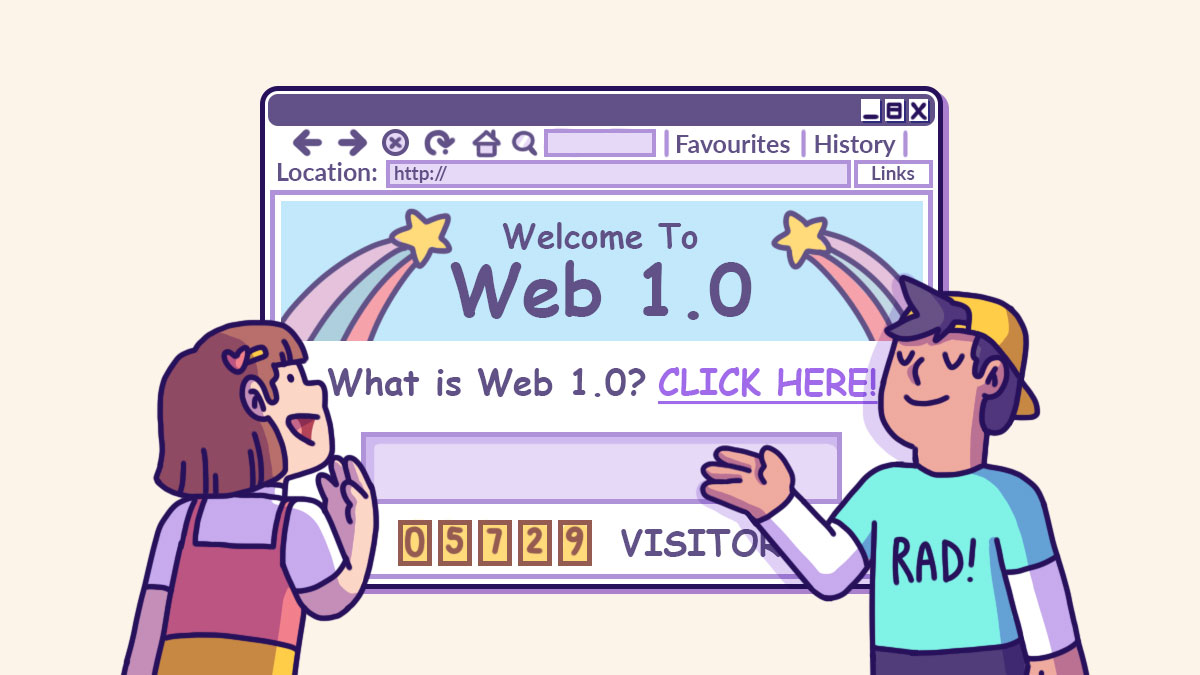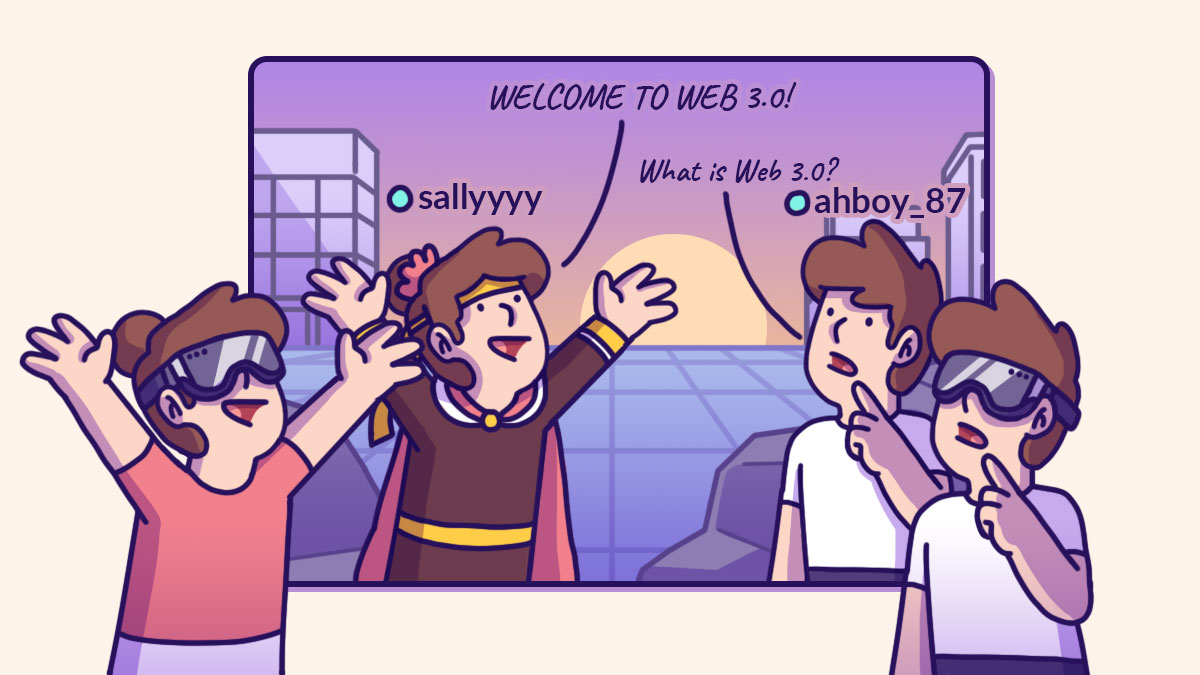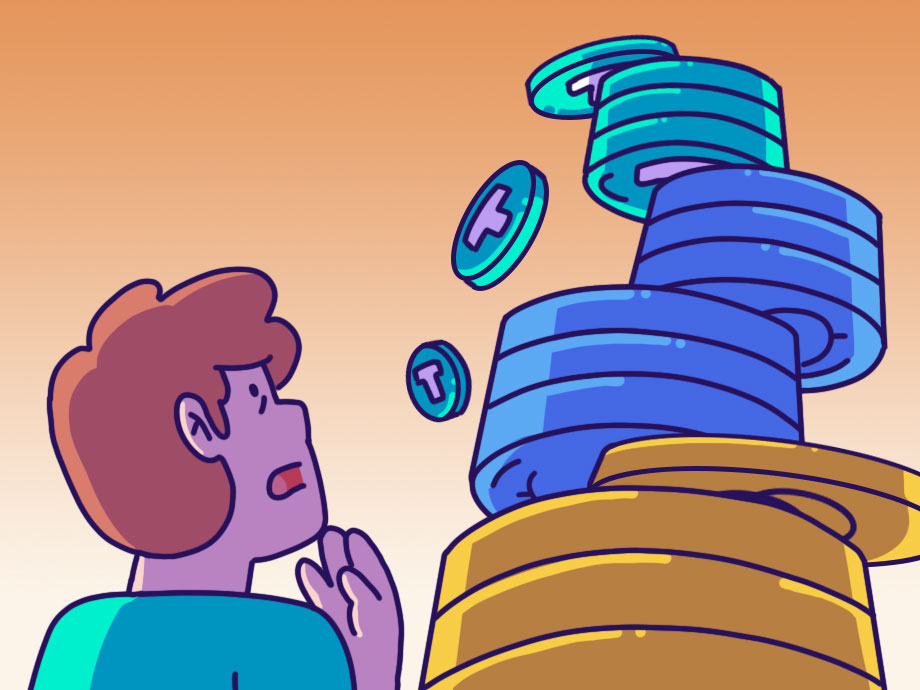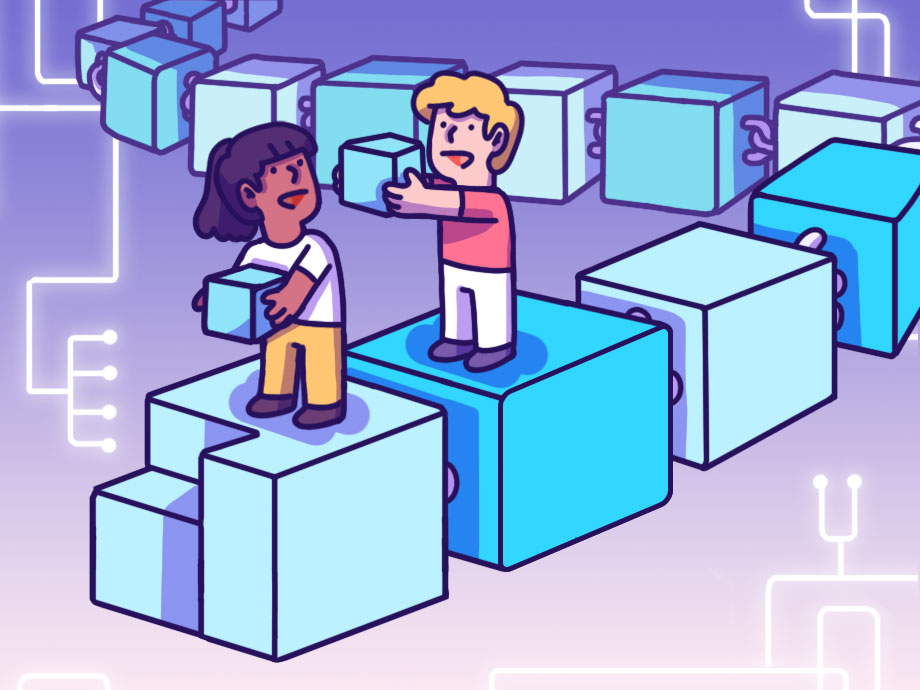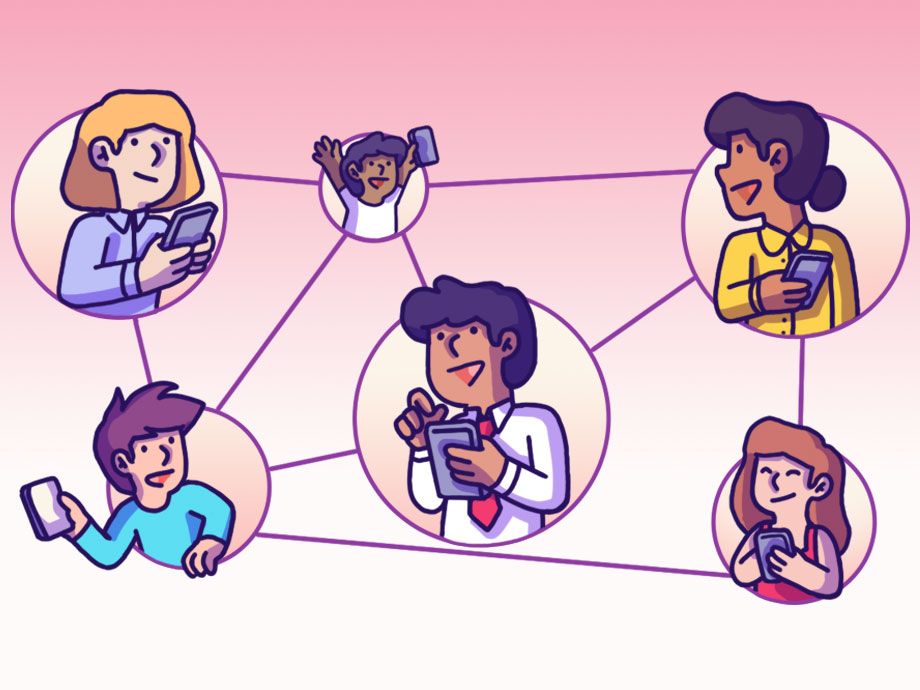Web3 | Article
Understanding the World of Web 3.0: How is it Different from Web 1 and 2?
by The Simple Sum Team | 1 Sep 2022
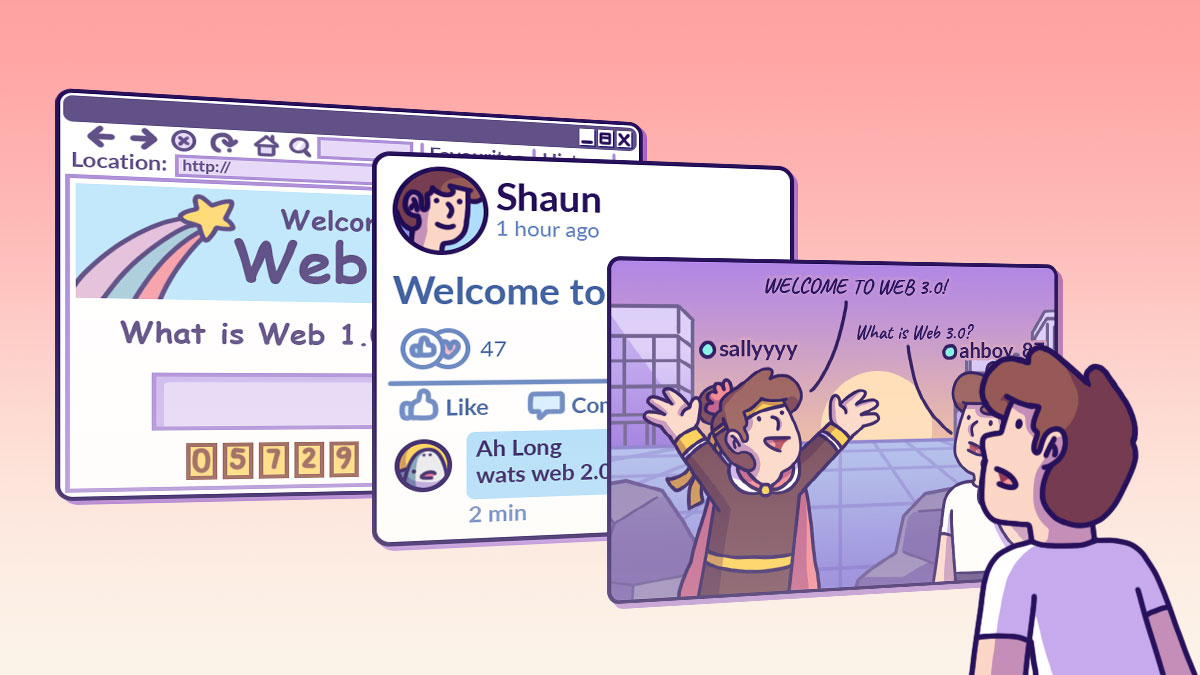
The word Web 3 has been touted as the future of the Internet and it’s what phrases like cryptocurrency, NFTs, DAOs and decentralised finance is closely associated with.
But before delving into what Web3 is, it’s important to understand its two prior iterations. This is especially so for those who weren’t around in the 1990s to experience the advent of the Internet.
It started with Web 1
Pioneered by Tim Berners-Lee in 1990, the very first iteration of the web comprised three fundamental technologies.
1. HyperText Markup Language (HTML)
Essentially, HTML is the formatting language of the web. In other words, this was the code that website developers and designers used to develop websites.
2. Uniform Resource Locator (URL)
After developing a website, how would people find your website? This is where its URL is needed – a unique address used to identify resources on the web.
3. Hypertext Transfer Protocol (HTTP)
But how would you access the resources? That’s where HTTP comes in – a protocol that allows you to access/retrieve linked resources from across the web.
Besides the above technologies, another crucial piece of technology was the dial-up modem. This was the contraption that established the connection between a computer and the internet. And contrary to our always-on, multi-device connection to the internet, those of you who actually had to go through the process of getting your computer connected to the internet would be familiar with the beeping sound that indication connection success.
And once connection was established, your window to the worldwide web would probably look like this…
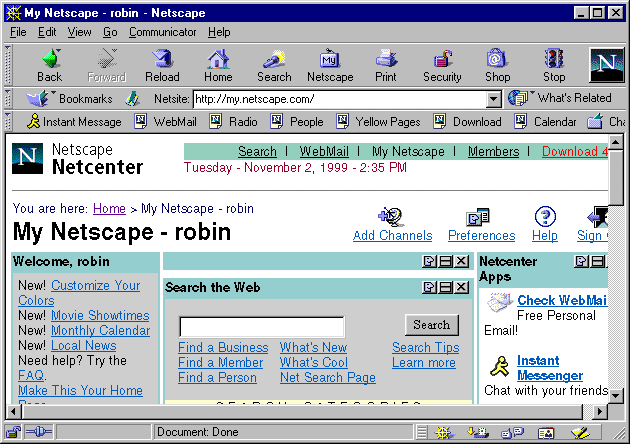
Netscape Navigator – the hallmark of Web1. Through Netscape Navigator, users could access email and websites such as those that published real-time news. However, interactivity was limited to static websites/pages in which users could only click on links to access mainly text-based information. Essentially, information flowed in one direction – from the internet to the user.
But all of this changed with the advent of Web2.
Where we are with Web 2 now
Web2 refers to the internet as most of us know it today.
In Web2, the static website pages of Web1 have been replaced by interactivity, social connectivity and user-generated content. These have been driven by the widespread use of mobile devices which have given everyone 24/7, always-on access to the internet, social networks/media, as well as utility applications.
These include familiar applications such as Facebook, Google, Grab, Instagram, Netflix, TikTok, WhatsApp and YouTube that have become part of our daily life.
Along with the growth of the gig economy, businesses in the era of Web2 have created new industries and disrupted existing ones (e.g. retail, entertainment, media, transportation).
The next leap forward: Web 3
Essentially, Web3 represents the next iteration of the web currently being ushered in. Potentially disruptive and representing as big a paradigm shift as Web2 did, Web3 aims to remove control of the web from monopolistic tech companies and return ownership of data and content to users.
Before defining the features of Web3, it’s important to note that there is some confusion in current conversations with the term “Web 3.0” being used interchangeably with “Web3”. However, there are differences, and these are highlighted in the following table.
| Web3 | Web 3.0 |
| · Focuses on empowerment and security – giving power over data and identity back to the people.
· Built on blockchain. · Data is decentralised. · Data on blockchain is difficult to change. |
· Semantic web.
· Focuses on efficiency and intelligence by reusing and linking data across websites. · Uses data interchange technologies such as RDF, SPARQL, OWL and SKOS. · Data is centralised. · Data is easy to change. |
With knowledge of the difference between Web3 and Web 3.0, let’s delve now into the defining features of Web3.
1. Decentralisation (the core tenet of Web3)
In the era of Web2, computers use HTTP in the form of unique addresses to find information which is stored at a fixed location (generally on a server). With Web3 however, information can be found based on content and can be stored in multiple locations simultaneously (i.e.decentralisation). This breaks down the massive databases currently held by tech companies such as Google and Facebook (a.k.a. Meta). Moreover, data generated by disparate computing resources (e.g. mobile phones, desktops, appliances, vehicles, sensors) will be sold by users through decentralised data networks – ensuring that users retain ownership and control.
2. Trustless and Permissionless
When it comes to being trustless and permissionless, the Web3 network will allow participants to interact directly without having to go through a trusted intermediary. Also, anyone can participate without authorisation from a governing body. As a result, Web3 applications will run on blockchains or decentralised peer-to-peer networks (or a combination thereof). Such decentralised apps are referred to as dApps.
3. Artificial Intelligence and Machine Learning
In Web3, computers will be able to understand information similarly to humans through technologies such as natural language processing and machine learning. This will enable computers to produce faster and more relevant results (as opposed to targeted advertising) in areas such as drug development and new materials.
4. Connectivity and Ubiquity
Information and content will be more connected and ubiquitous. This means that an increasing number of applications and everyday devices will be connected to the web (i.e. the Internet of Things), and can access information and content.
The following table will give you a practical sense of the difference between Web2 and Web3.
| Web2 | Web3 | |
| Twitter can censor any account or tweet. | VS. | Web3 tweets cannot be censored because control is decentralised. |
| Payment services may not allow payments for certain types of work. | Web3 payment apps require no personal data and cannot prevent payments.
|
|
| Servers for gig economy apps could go down and affect worker income. | Web3 servers will not go down as they may use Ethereum – a decentralised network of thousands of computers as their backend. |



